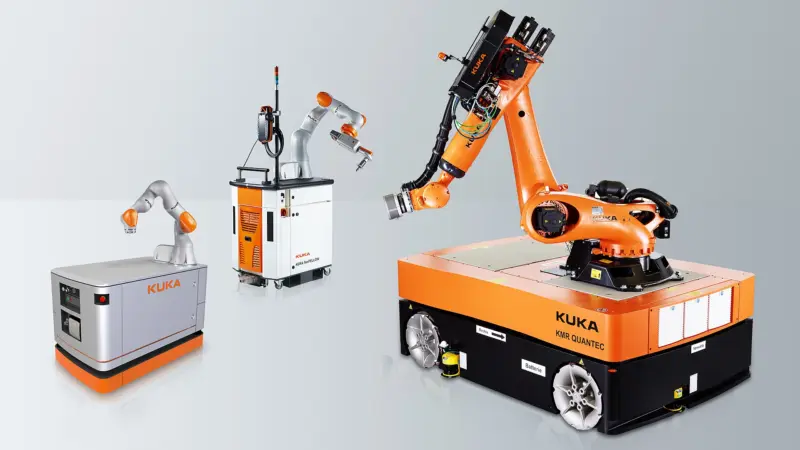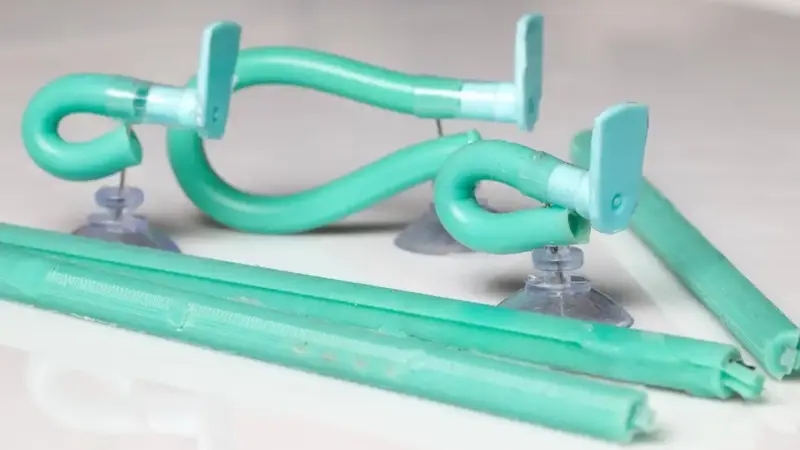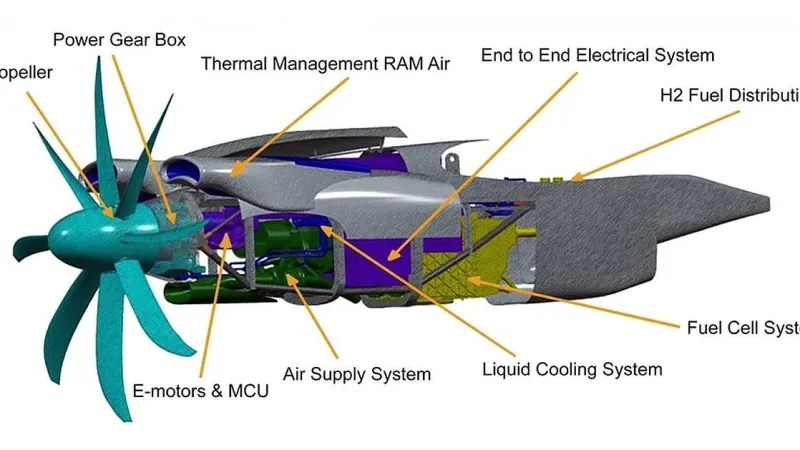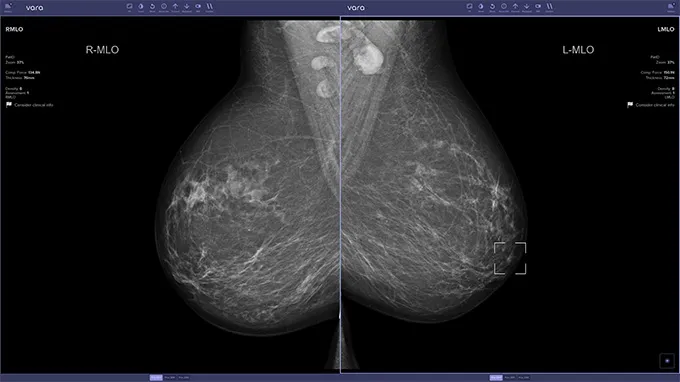Advancing Aviation: Scientists Harness Ion Thrusters to Create Fuel-Free Plane
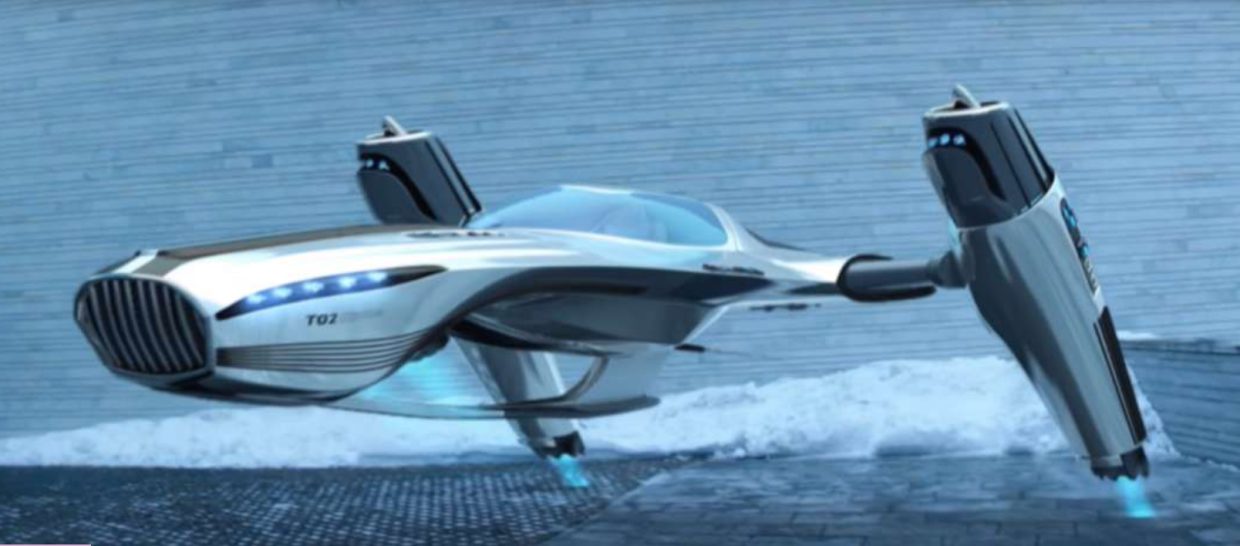
In a groundbreaking development, scientists have achieved a significant milestone in the creation of a futuristic aircraft that operates on an ion drive system instead of conventional moving parts and fuel. Led by Steven Barrett from the Massachusetts Institute of Technology (MIT), the team successfully constructed an electroaerodynamic-powered plane, employing solid-state propulsion devoid of propellers or jet engines that rely on expendable fuel. Barrett envisions a future of flight resembling the seamless glide depicted in Star Trek, with a mesmerizing blue glow. Previous attempts to develop similar technology, which was once mistaken for anti-gravity, had failed due to technological limitations. However, recent advancements have paved the way for this achievement.
Design and Testing of the Plane
During their experiments from 2016 to 2018, the team designed an aircraft with a 5-meter wingspan weighing 2.45 kilograms. The wings featured thin electrodes and thin wires at the front, while the back consisted of an aerofoil, responsible for generating lift akin to a regular plane wing. By charging the wires to positive 20,000 volts and the aerofoil to negative 20,000 volts, a strong electric field was created. As electrons were removed from nitrogen molecules, ions were generated, and their acceleration towards the back produced an ionic wind, propelling the plane forward. The team conducted ten test flights, achieving successful flights of approximately 60 meters in 12 seconds within a rented gymnasium. The thrust efficiency was recorded at approximately 2.6 percent, with potential for increased efficiency as the speed of the plane escalates, theoretically reaching 50 percent efficiency at speeds exceeding that of a passenger jet.
Potential Applications of the Plane
The concept behind this technique bears similarities to the ion engines utilized in certain spacecraft for interstellar travel. However, spacecraft typically rely on ionizing fuel, such as xenon gas, to generate thrust. In contrast, the MIT-developed plane relies solely on the thin wires and an off-the-shelf lithium-polymer battery, eliminating the need for propellant. While the current iteration of the plane remains a prototype, its potential applications are highly promising. In the short term, this thrust system could be used to power small drones, rendering them nearly silent as they lack the propellers commonly found in conventional drones.
Refining the Design and Future Plans
Ongoing tests are being conducted on the plane, with the team recently achieving the ability to maneuver the aircraft in mid-air using remote control, expanding beyond straight-line flight. Future plans involve refining the design by removing the filaments hanging from the plane, and further testing will be conducted in the years to come. The team concludes their paper by drawing a parallel between the length of the plane’s flight (12 seconds) and the Wright Brothers’ historic 1904 flight in Kitty Hawk, North Carolina (11 seconds), which marked the world’s first successful flight of a heavier-than-air aircraft, albeit with a pilot on board.
Although this recent achievement may not be of the same magnitude, it certainly presents thrilling possibilities for the future. Barrett expresses his excitement, stating, “It is possible to fly planes that are solid state, and we demonstrated that for the first time.” While large-scale aircraft carrying passengers may not be imminent, the progress made so far is a significant step forward. The team’s relentless pursuit of innovation continues, fueling anticipation for what lies ahead in the coming years.

